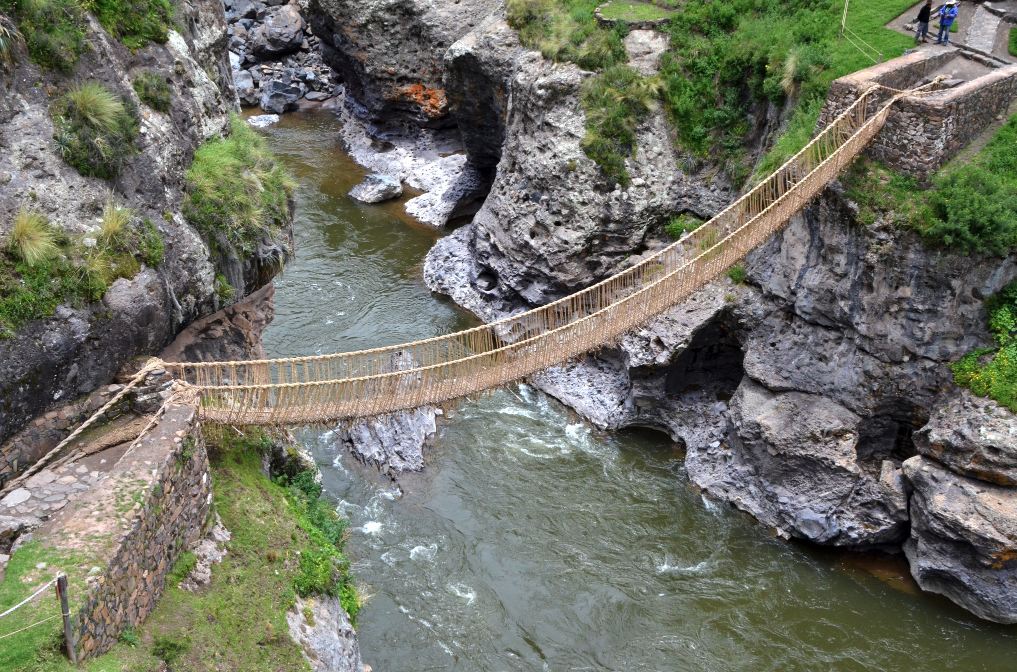Nestled within the rugged landscape of Sardinia, Italy, the Nuragic village of Tiscali offers a unique glimpse into the island's ancient past. Unlike most archaeological sites, Tiscali is not immediately visible to the casual observer. This village, built entirely inside an enormous sinkhole on Mount Tiscali, is one of the most fascinating and enigmatic remnants of the Nuragic civilization. Its construction within a concealed natural cavity adds a layer of mystery to an already intriguing culture that flourished during the Bronze Age
The Nuragic Civilization: An Overview
Before delving into the specifics of Tiscali, it is essential to understand the broader context of the Nuragic civilization. The Nuragic culture is named after the "nuraghes," distinctive stone towers found across Sardinia, which served variously as fortresses, religious sites, and community centers. This civilization thrived from around the 18th century BCE until the Roman conquest in the 2nd century BCE.
The Nuragic people are known for their sophisticated construction techniques, as evidenced by the over 7,000 nuraghes scattered across the island, as well as numerous villages, sanctuaries, and other structures. The civilization was primarily agrarian, with a strong emphasis on community life, as seen in their village layouts and communal religious practices.
Discovery of Tiscali: A Hidden Gem
Tiscali was relatively unknown until the late 19th century, with systematic excavations beginning in the early 20th century. The site is located in the Supramonte region of Sardinia, near the town of Dorgali. What sets Tiscali apart from other Nuragic sites is its location within a vast sinkhole at the summit of Mount Tiscali. This sinkhole, or doline, was formed by the collapse of a limestone cavern's roof, creating a natural amphitheater that concealed the village from view.
The decision to build a village in such an isolated and hidden location has intrigued archaeologists and historians for decades. Some theories suggest that the Nuragic people sought refuge from invaders, while others propose that Tiscali served as a religious or ceremonial site due to its secluded nature.
The Archaeological Site: Structure and Significance
The Tiscali site consists of the remains of approximately 40 circular dwellings, constructed from local limestone and covered with wooden roofs. These structures are typical of Nuragic architecture, characterized by their simple, round shapes. The village was inhabited during the late Bronze Age and into the early Iron Age, roughly between the 15th/14th centuries BCE and the 9th/8th centuries BCE.
One of the most remarkable features of Tiscali is its integration with the natural environment. The dwellings were built to follow the contours of the sinkhole, and the walls of the village blend seamlessly with the rocky surroundings. This not only provided camouflage but also protection from the elements.
Artifacts discovered at Tiscali include pottery, stone tools, and remnants of food, offering insights into the daily lives of its inhabitants. The presence of storage pits suggests that the villagers practiced agriculture and animal husbandry, supplementing their diet with hunting and foraging.
The layout of the village, with its clustered houses and communal spaces, indicates a close-knit community. The lack of fortifications suggests that the sinkhole itself was considered a sufficient defense, highlighting the strategic choice of location.
Theories and Interpretations: Why Tiscali?
The purpose of Tiscali remains a subject of debate among scholars. One theory posits that the village was a refuge during times of conflict. Sardinia was a contested territory during the Bronze Age, with various groups, including the Phoenicians and later the Carthaginians and Romans, vying for control. The hidden nature of Tiscali would have provided a secure place to retreat in the event of an invasion.
Another theory suggests that Tiscali had a religious or ceremonial function. The isolation and natural beauty of the site may have made it a sacred place for the Nuragic people. The sinkhole's enclosed environment, with its high walls and open sky, could have been perceived as a connection between the earth and the heavens, making it an ideal location for rituals.
A third interpretation considers Tiscali as a seasonal or temporary settlement, possibly used during particular times of the year for specific purposes such as trade, hunting, or social gatherings. The site’s limited resources and challenging living conditions support this theory, as it would have been difficult to sustain a large population there year-round.
Modern Significance and Conservation
Today, Tiscali is a significant archaeological and tourist site, attracting visitors from around the world. The journey to the village is an adventure in itself, involving a hike through the scenic Supramonte mountains. The site is managed by local authorities and conservation efforts are in place to preserve this unique piece of history.
Tiscali offers a window into a lesser-known chapter of European prehistory, providing valuable insights into the adaptability and ingenuity of the Nuragic people. The village's hidden location, coupled with its harmonious integration with the natural environment, makes it a testament to the enduring legacy of Sardinia's ancient inhabitants.
The Nuragic village of Tiscali stands as a remarkable example of ancient Sardinian ingenuity and resilience. Built within a vast sinkhole on Mount Tiscali, this hidden village continues to captivate archaeologists, historians, and visitors alike. Whether viewed as a refuge, a sacred site, or a seasonal settlement, Tiscali is a testament to the resourcefulness of the Nuragic civilization. As research continues and new discoveries are made, this enigmatic site will undoubtedly continue to reveal more about the lives of the people who once called it home.







